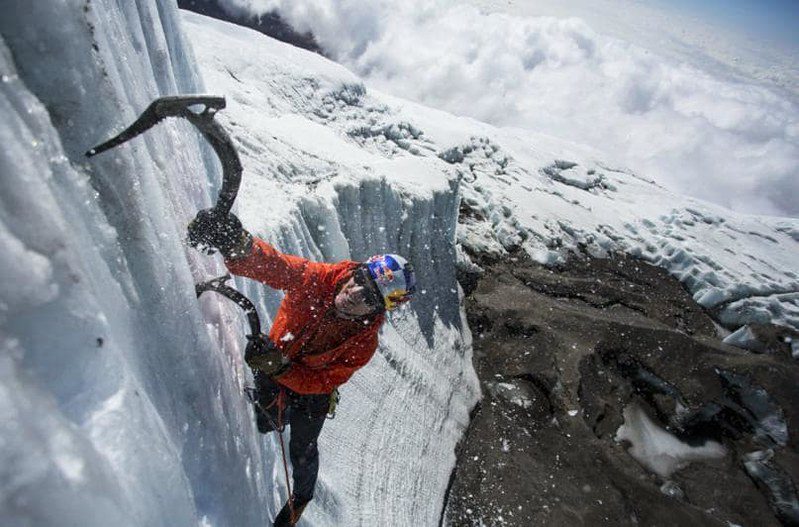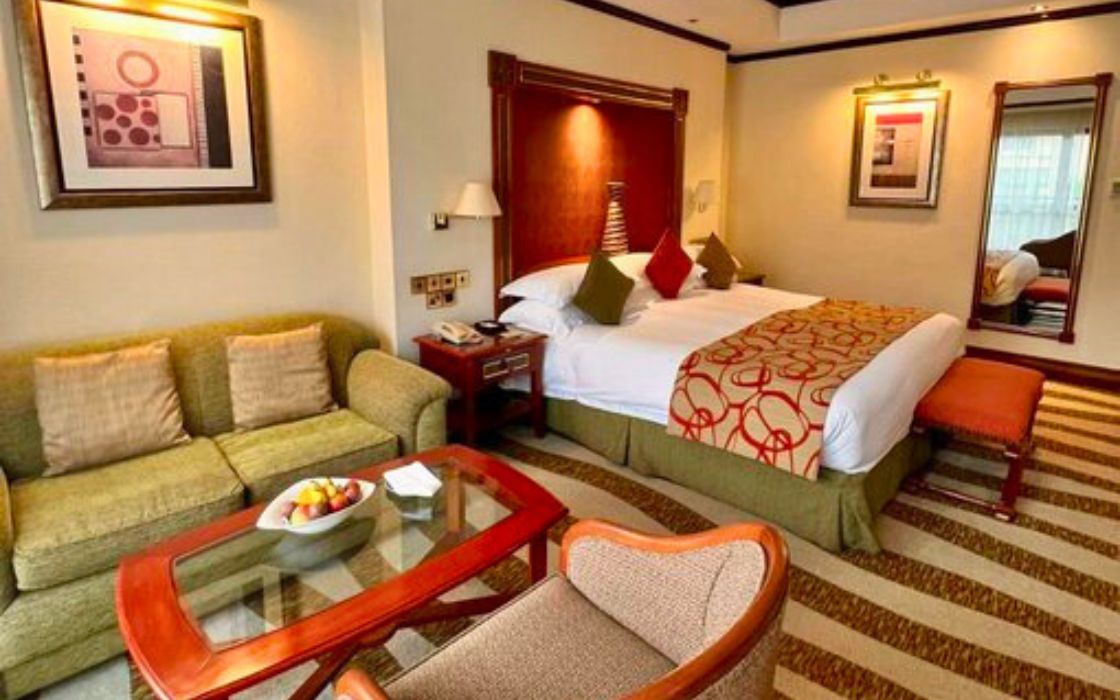Mount Kilimanjaro is Africa’s tallest mountain, with a peak elevation of 5,985 meters. Mount Kilimanjaro weather impacts the hiking success of every traveller who wishes to ascend Mount Kilimanjaro; therefore, knowing when to climb Kilimanjaro is critical for your personal safety. Bad weather on Kilimanjaro not only makes for a terrible hike and destroys your photographs; it also makes the ascent twice as difficult. If the weather on Kilimanjaro is excellent, you have a better chance of reaching the summit.
Mount Kilimanjaro is located near the Equator in the Tropics, where there are no seasons. There are only two seasons: dry and rainy. Climbing Kilimanjaro during the wet season requires hiking through very deep mud for the first few days. At higher altitudes, there is fog and precipitation, and the moisture will gradually seep into your clothes, gear, and bones.
You may have to struggle your way up through ice and snow. Moisture in your clothing and other things will not help with the cold up there. Other factors to consider are the temperature, the vistas, and, of course, the quantity of people on the summit. As is frequently the case, there is no simple solution and no one optimal time to climb Kilimanjaro.
April to June: Because of the shifting weather patterns in East Africa, it is difficult to forecast when the rains will begin and stop; thus, the rain season begins at the end of March and lasts until mid-June. It is the hottest time of year in Tanzania, yet the months of April and May are so rainy that many operators simply do not offer climbs at all.
June to August: The rains and temperatures begin to fall in late June, and the sun shines brightly on Mount Kilimanjaro in July and August. Kilimanjaro’s weather is dry and clear, but the evenings will be very cold. As a result, this period is known as peak season.
August to October: The peak climbing season on Kilimanjaro is August, especially September. The weather is pleasant, with many clear days and temperatures higher than in June or July. However, clouds may shroud the forest/moorland zone, and rain may fall in the early days of the walk on the southern routes. But once you leave the rainforest, everything is fine! The beautiful weather continues until approximately mid-October when the preparations for the brief rains begin.
From October to November, the weather on Kilimanjaro gets more volatile, and the number of climbers decreases. The wetter season, as in all tropical locations across the world, begins with afternoon clouds and occasional thunderstorms. This should not pose any big issues as long as you are prepared to tolerate the occasional shower.
From November until December, The minor rainy season begins in November and lasts until mid-December. The temperatures have plummeted, and the rain has brought all of the threats I mentioned at the beginning of the page. It is not the ideal season to climb Kilimanjaro.
December to January: The four to six weeks surrounding Christmas and New Year’s represent Kilimanjaro’s second peak climbing season. Despite the fact that there is still a probability of rain and dense clouds in the lower regions, traffic is particularly heavy. It’s not a period I’d pick.
January to March: The months of January to March are also ideal for climbing Kilimanjaro. The weather is pleasant, not too chilly or damp, and there are fewer climbers. The days are mostly dry and clear, with only a few clouds and a few short showers. Rain chances steadily increase in March as the lengthy rainy season approaches.
Finally, you may choose to climb at an inconvenient time, whether to escape the main rush or because it is the only opportunity you have to take time off from work. If this is the case, try hiking one of the shorter ways, such as the Rongai path, which is located on the mountain’s northern flank and is drier than the other Kilimanjaro routes. If you want the best weather on Kilimanjaro but dislike crowds, the Rongai route is for you. You might also choose the Shira and Lemosho routes rather than the busy Machame and Marangu routes.



